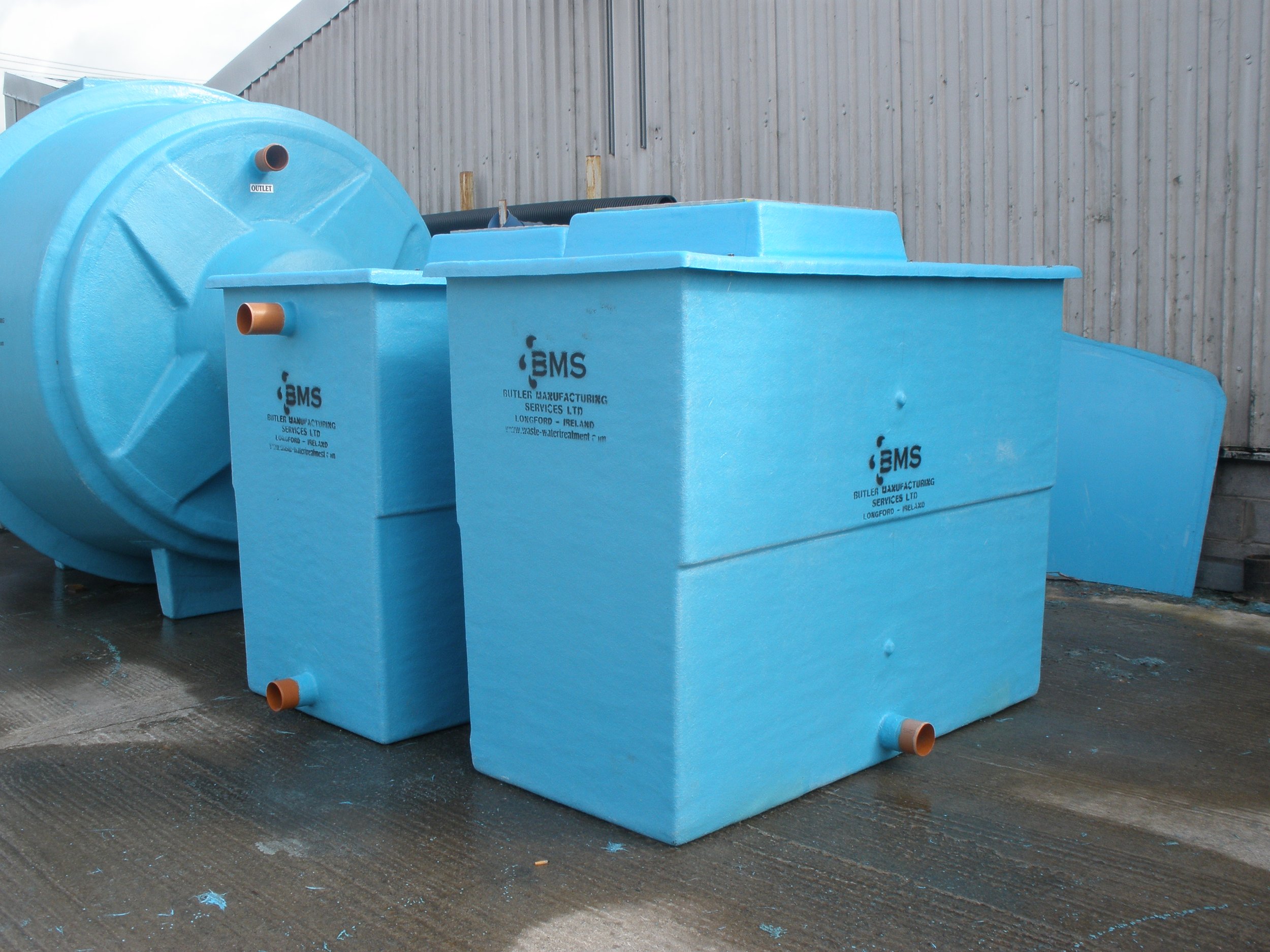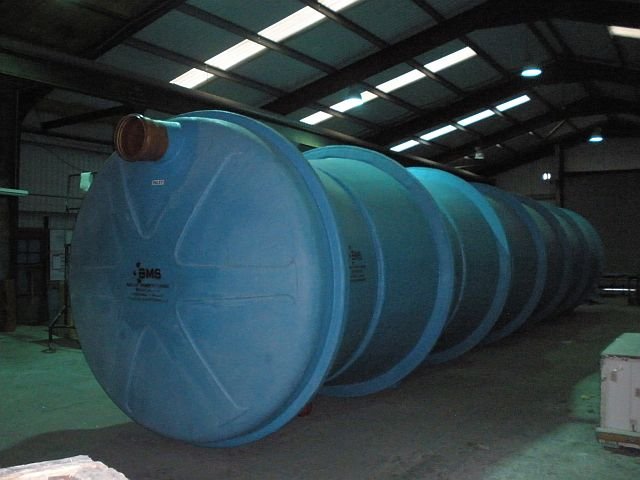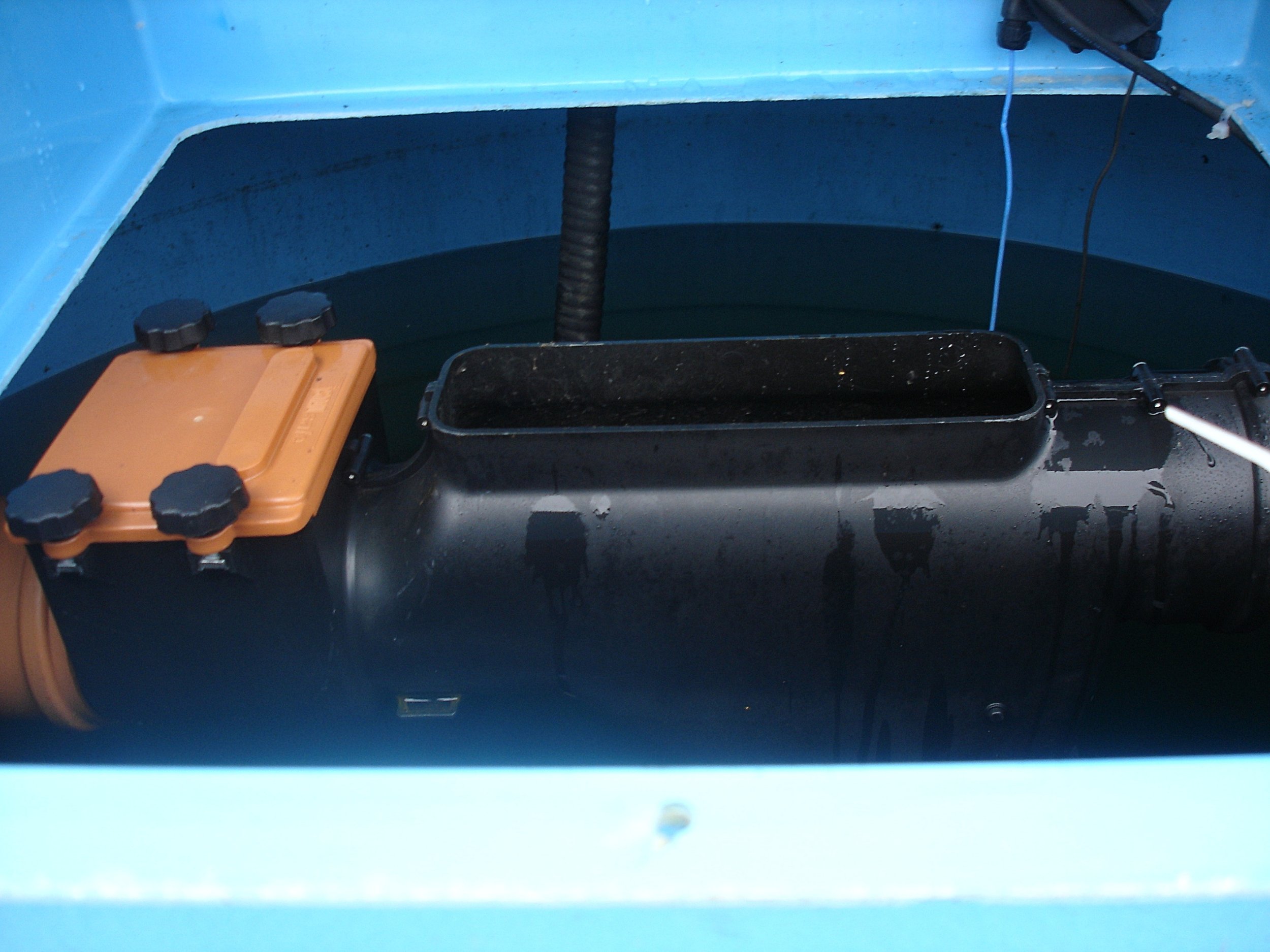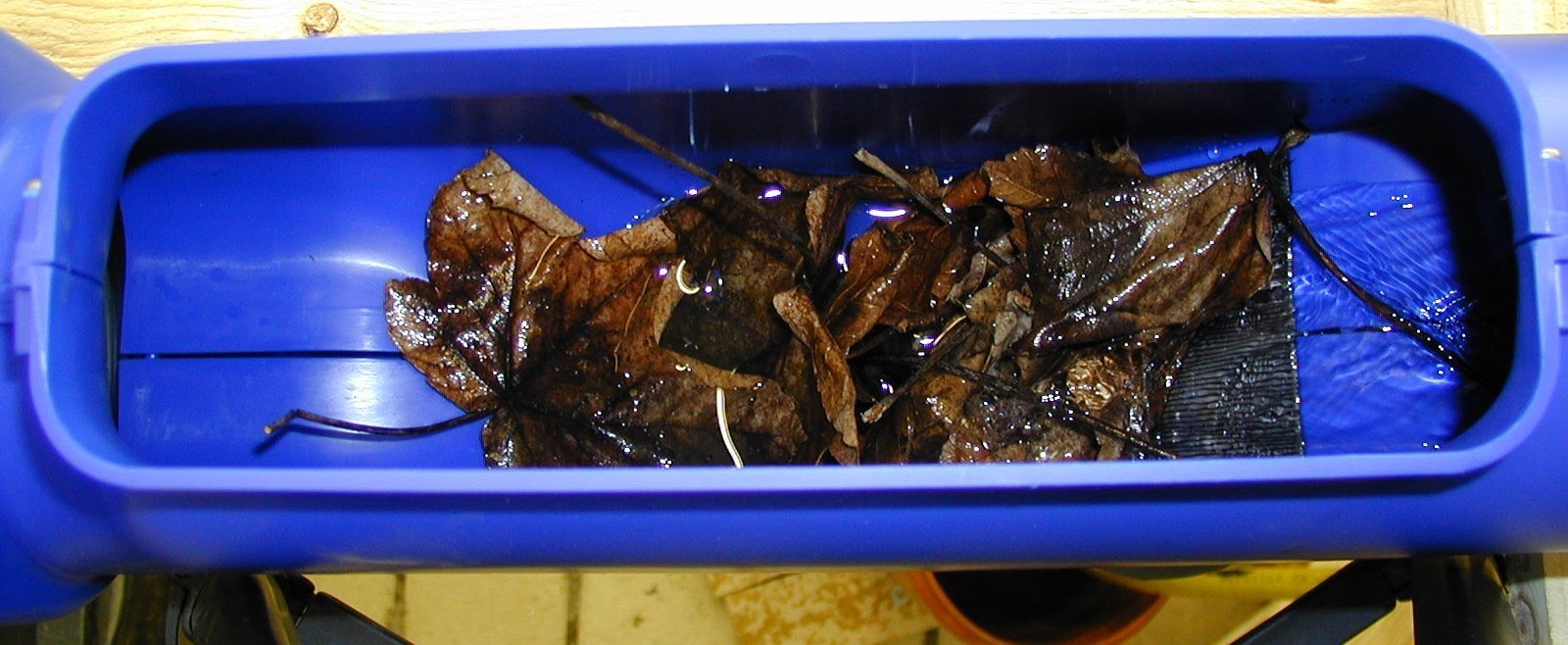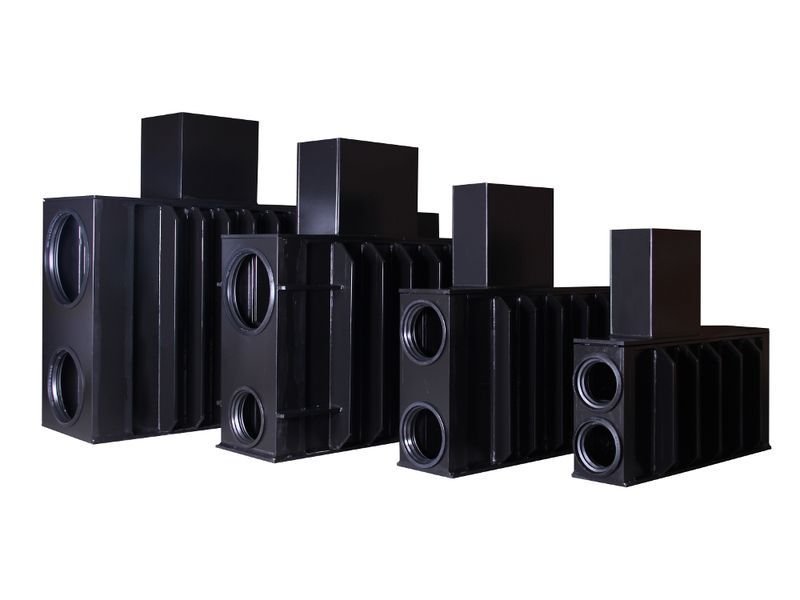Rainwater Harvesting Tanks
BMS offer a range of rainwater harvesting tanks from 3 to 100,000 L with/without filters both in and outside the tank to suit any requirement of roof size from domestic to commercial to store rainwater. Rainwater Tanks are available for order for individual premises or for bulk supply to rainwater harvesting system installers. Rainwater is Ireland's most abundant resource so why not take advantage of it and reduce your commercial water rates charge?
BMS are Ireland's leading manufacturer of tanks for surface water in GRP and have 37 years experience. All BMS rainwater tanks are made to order under an NSAI ISO 9001:2015 8 Quality Management System in our bespoke premises on the Strokestown Road, Longford. BMS can offer tanks from 1,000 l to 100,000 l. Larger tanks start at 12,000 l and increase in further 5,000 l capacities e.g. 17,000 l, 22,000 l up to 100,000 l. BMS GRP tanks are normally buried with a concrete surround. Specially strengthened tanks for installation over ground or free standing steel framed tanks are also available.
BMS Rainwater Tanks are available with the following features:
Custom Sizes from 1,000 l - 100,000 l
A range of Rainwater Filters are available if required
Calmed inlet
Inlet via calming pot
Non-Return Valve on Outlet
Bespoke Access Turrets
Rainwater Pumping System
The collected rainwater can be used for a variety of non-potable applications such as toilet flushing, process water, cleaing, washing & gardening. This alone will save approximately 50% + of water use in domestic premises and much more in a commercial premises.
Soft rainwater can decrease detergent use, increase the lifespan of household appliances and clean cars with no streaking.
How Do Rainwater Harvesting systems Work?
Rainwater is collected using your roof & gutters. The soft rainwater is then funneled to an under/over ground BMS GRP Tank. Leaves and other debris should be removed before they reach the tank. This can be done by a rainwater filter, which BMS can supply if required. Once filtered, the rainwater then percolates slowly upwards from the bottom of the tank. A pumping system is then required to pump the rainwater to a header tank (indirect/gravity supply) or direct to the appliances such as toilets. To properly determine the tank size most suitable for your house/premises there are a number of considerations such as roof area, average rainfall, number of occupants/staff and potential uses of the rainwater, which need to be considered.


